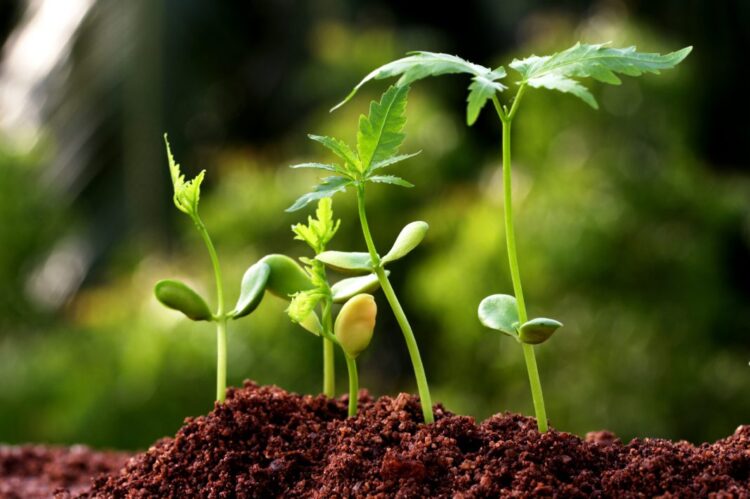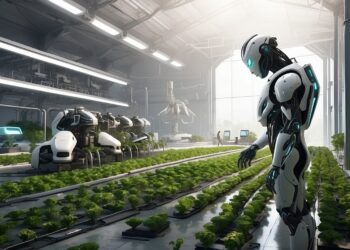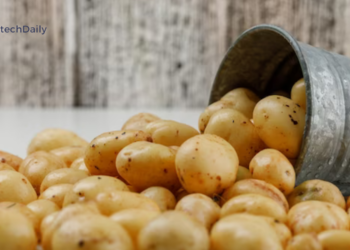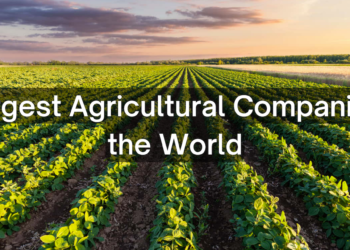This article explores the latest advances in biotechnology and how they are revolutionizing the way we grow and harvest crops. From genetic engineering to precision agriculture, we’ll discuss the cutting-edge technologies that are transforming the agriculture industry.
The agriculture industry is constantly evolving, and one of the most exciting areas of innovation is biotechnology. Biotechnology refers to the use of living organisms or their products to improve agriculture, and it encompasses a wide range of technologies and techniques.
In recent years, biotechnology has made tremendous strides, with new advances emerging that are changing the way we grow and harvest crops. From genetically modified organisms (GMOs) to precision agriculture, the latest biotech tools are revolutionizing the industry and helping farmers produce more food with less waste.
In this article, we’ll explore some of the latest advances in biotechnology and how they are transforming agriculture. We’ll discuss the benefits and challenges of these technologies, as well as their potential impact on the environment, public health, and the economy.
Genetic Engineering
Genetic engineering is a biotechnology technique that involves manipulating the DNA of organisms to produce desirable traits. In agriculture, genetic engineering is used to create crops that are resistant to pests, diseases, and environmental stressors, as well as crops that have higher yields or better nutritional content.
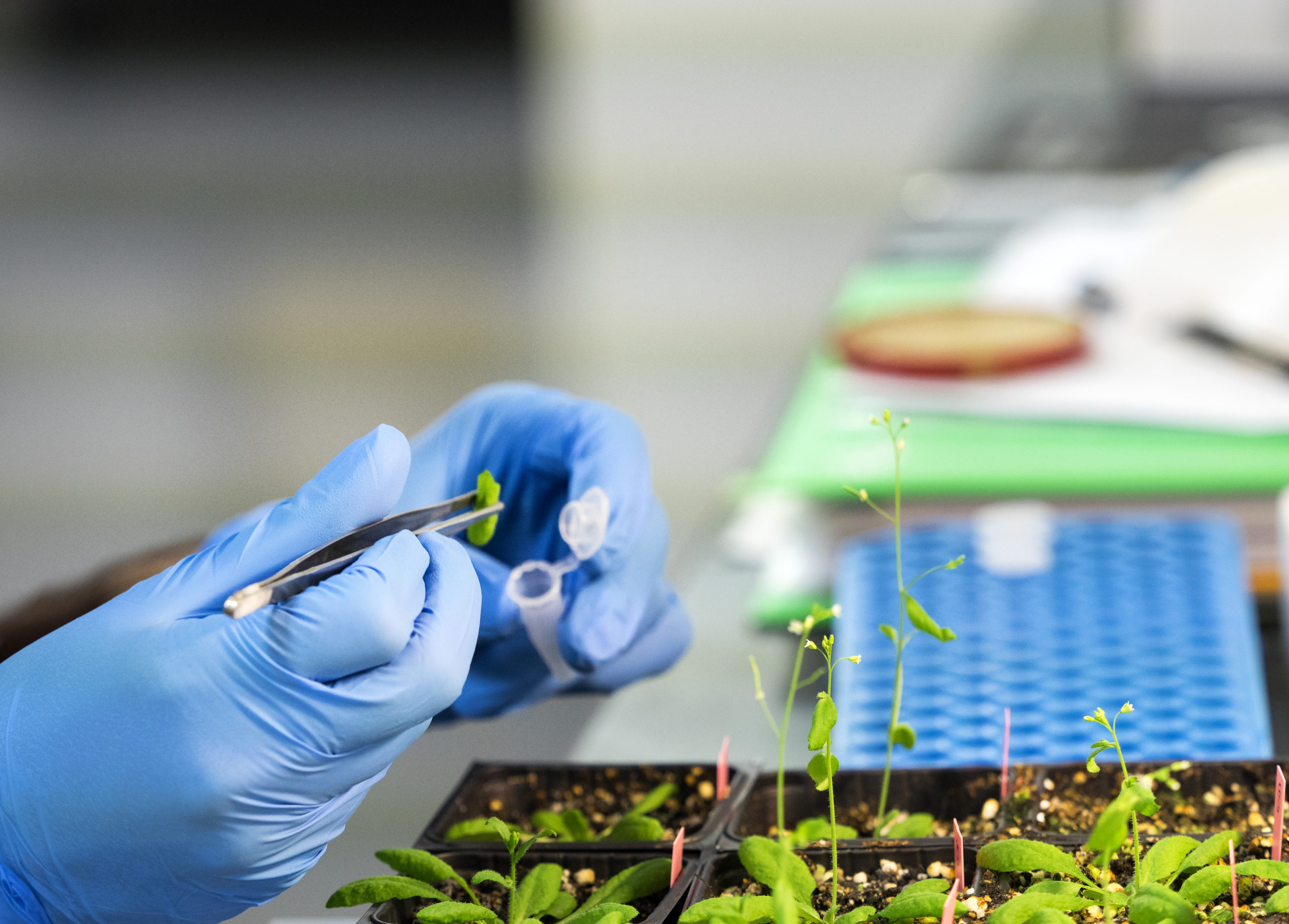
The process of genetic engineering involves identifying the specific genes responsible for the desirable traits and then transferring those genes into the genome of the target organism. This is typically done using specialized tools such as gene guns, viral vectors, or bacterial plasmids.
One of the most well-known examples of genetic engineering in agriculture is the creation of genetically modified crops or GMOs. These crops have been altered to express genes that make them more resistant to pests, diseases, or herbicides, or to produce higher yields or better nutritional content.
While genetic engineering has the potential to significantly improve crop production and reduce waste, it has also been the subject of controversy due to concerns about the environmental and health impacts of GMOs. Critics argue that genetically modified crops may have unintended effects on the environment, such as creating superweeds or harming non-target organisms.
However, proponents of genetic engineering argue that it can help address some of the major challenges facing agriculture, such as climate change, population growth, and food security. They argue that biotech crops can reduce the need for chemical pesticides and fertilizers, which can lead to lower costs and improved environmental sustainability.
Precision Agriculture
Precision agriculture is another area of biotechnology that is rapidly evolving, and it involves the use of data and technology to optimize crop production. Precision agriculture techniques include soil and nutrient mapping, remote sensing, and GPS-guided machinery, which allow farmers to optimize planting, fertilization, and irrigation practices to maximize yields and reduce waste.
Nanotechnology
Nanotechnology is a rapidly emerging field of biotechnology that involves the manipulation of materials at the atomic and molecular scale. In agriculture, nanotechnology is being used to create smart sensors that can detect environmental changes and monitor crop health, as well as to develop more efficient and targeted delivery systems for fertilizers and pesticides.
Vertical Farming
Vertical farming is a relatively new form of agriculture that involves growing crops in vertically stacked layers, using artificial lighting and climate control systems to optimize growing conditions. This technology has the potential to dramatically increase crop yields and reduce the environmental impact of agriculture by using less land and water.
CRISPR-Cas9 Gene Editing
CRISPR-Cas9 gene editing is a type of genetic engineering that allows scientists to make precise changes to the DNA of living organisms. The CRISPR-Cas9 system is based on a naturally occurring defense mechanism used by bacteria to protect themselves against viral infections.
The system works by using a guide RNA molecule to target a specific section of DNA, which is then cut by a specialized enzyme called Cas9. Once the DNA has been cut, scientists can use the cell’s natural repair mechanisms to either remove or replace specific genes.
One of the key advantages of CRISPR-Cas9 gene editing is its precision and flexibility. Unlike earlier forms of genetic engineering, which often involved introducing new genes into the genome at random, CRISPR-Cas9 allows scientists to make specific changes to the genome, either by removing unwanted genes or by adding new ones.
In agriculture, CRISPR-Cas9 has the potential to revolutionize crop breeding by allowing scientists to develop new crop varieties that are more resistant to pests, diseases, or environmental stressors. For example, researchers have used CRISPR-Cas9 to develop crops that are more resistant to drought or that have improved nutritional content.
Despite its potential, CRISPR-Cas9 gene editing also raises important ethical and regulatory questions. Critics argue that the technology could be used to create genetically modified organisms that are unsafe or pose a threat to the environment and that more research is needed to fully understand the long-term impacts of gene editing.
Challenges and Controversies

While biotechnology holds enormous promise for the agriculture industry, it also presents a number of challenges and controversies. One of the main concerns is the potential environmental impact of genetically modified crops and other biotech products, as well as the impact on public health and food safety.
Conclusion
In conclusion, the latest advances in biotechnology are revolutionizing the way we grow and harvest crops, and the potential benefits are enormous. From genetically modified crops to precision agriculture and gene editing, these technologies have the potential to increase yields, reduce waste, and improve food security.
However, as with any emerging technology, there are also challenges and controversies that must be addressed. It will be important for scientists, regulators, and the public to work together to ensure that biotechnology is used in a responsible and sustainable way that benefits both farmers and consumers.


